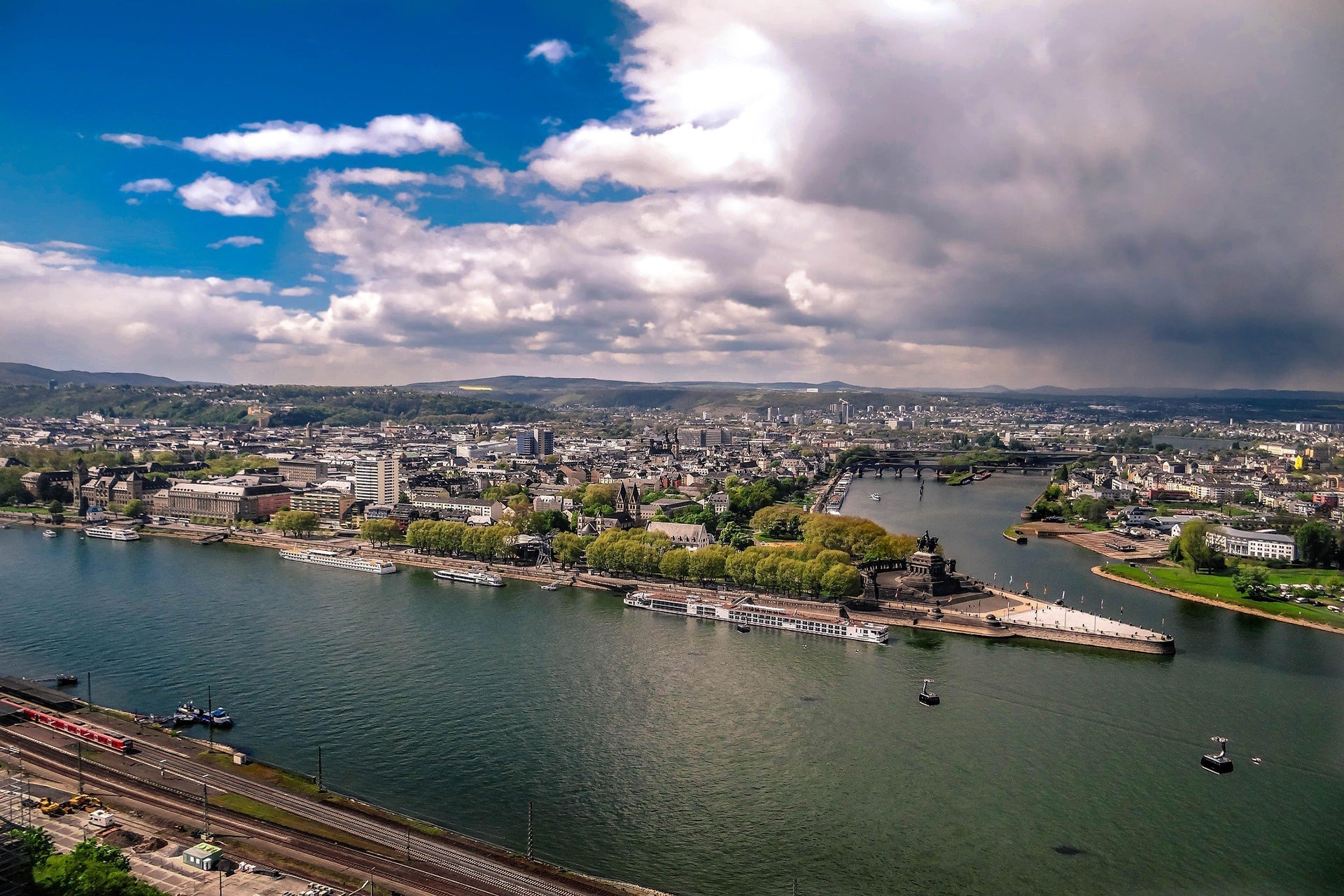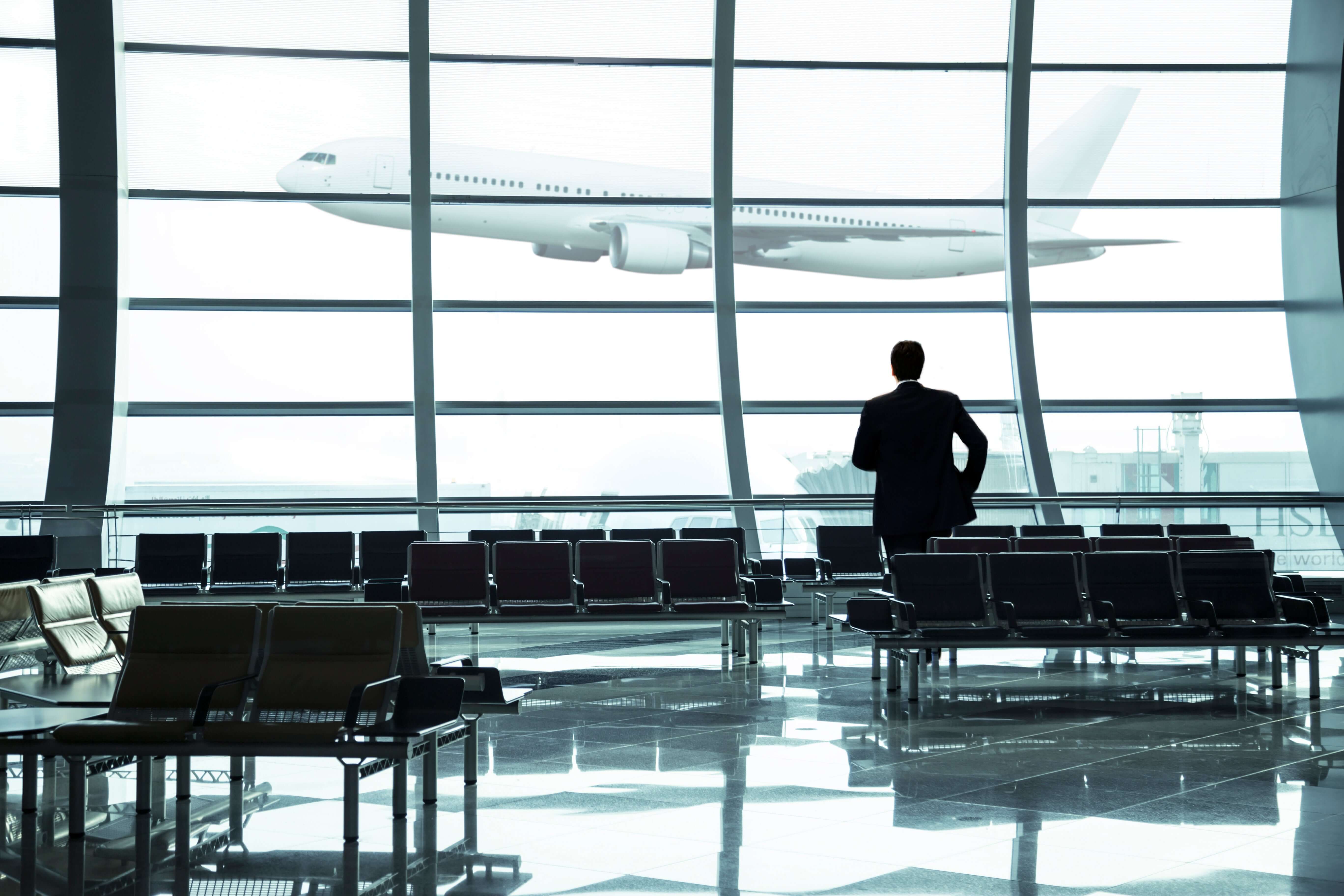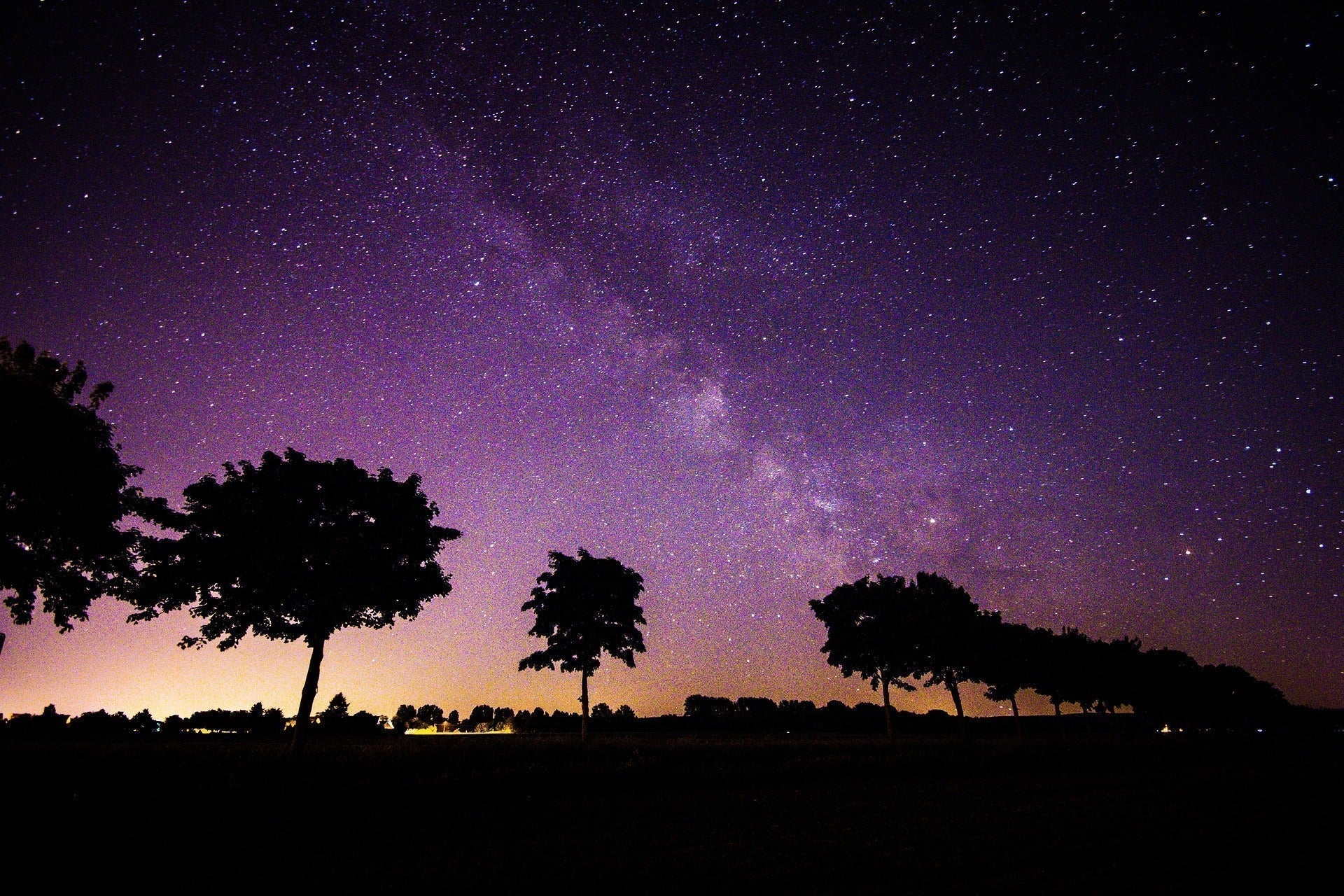
Koblenz through the lens: Architecture, everyday life and moments
Koblenz is just a stopover between Cologne and Mainz? From the photographer's point of view, this statement could hardly be more wrong. If you have a little curiosity and a good sense for worthwhile motifs, you will quickly become enthusiastic about the medieval half-timbered houses, the brutalist post-war buildings and Prussian fortress ramparts in Koblenz and enjoy the exciting shots that are taken here. It's practical if you can prepare a little and head straight for the best photo spots in Koblenz. We have collected some ideas for your next photo trip to the city on the Rhine.

A small world of its own: photographing Koblenz's old town
There is no shortage of charming squares, small cafés and inviting restaurants in Koblenz once you have found your way into the old town. You will find cozy places to relax and interesting photo opportunities in practically every backyard. You should definitely visit the Kunstgässchen, which connects Münzplatz with the Liebfrauenkirche. At least a few photos of this picturesque alleyway should be on your memory card after your visit to Koblenz.
If you want to quickly switch between camera, lenses and memory card during such charming strolls through the old town, a compact sling bag is ideal. It is lightweight, protects your equipment reliably and adapts elegantly to any scene - perfect for spontaneous photo opportunities in winding alleyways.
The following is a list of other places you should not miss in Koblenz's old town:
-Alte Burg: The Alte Burg is located directly on the Moselle at Burgstraße 1. Coming over the Balduinbrücke bridge, it can be found downstream on the right-hand side of the river, about 120 meters from the bridgehead. It is a former electoral moated castle from the 13th century, which is attractive for photographers due to its location on the water and the resulting reflections. The open location on the waterfront makes it possible to photograph the castle from different angles.
-Liebfrauenkirche: Together with St. Florin and the Basilica of St. Castor, the Liebfrauenkirche dominates the Koblenz skyline. It is located in Liebfrauenstraße in the middle of the old town. Late Romanesque and Gothic architecture are harmoniously combined here. The onion domes are particularly striking and always provide a beautiful motif. But be sure to go inside the church and take advantage of the soft and warm light that shines through the stained glass windows and creates gentle shadows.
-Schängelbrunnen: The Schängelbrunnen is one of the landmarks of the city of Koblenz. It stands in the town hall courtyard of Koblenz's old town, Willi-Hörter-Platz, in the middle between Florinsmarkt and Jesuitenplatz. This bronze figure is a typical city portrait with character. The rascal spits water at passers-by every few minutes and thus serves as a motif with local humor.

Best places to take photos: You can't miss these
When it comes to city photography, Koblenz naturally also has a lot to offer away from the Old Town:
-Deutsches Eck with Kaiserdenkmal: The Moselle and Rhine flow together at this point. With its 37-metre-high statue of Kaiser Wilhelm, the striking corner jutting out into the water is an ideal subject for photographers. This headland can be reached from the city center via the Rhine promenade, or from the banks of the Moselle on the right-hand side.
-Koblenz cable car: Breathtaking shots can also be taken from the cable car, which has been connecting the banks of the Rhine with the plateau on Ehrenbreitstein near the fortress since 2010, offering unforgettable views of the river and city. If you want to take panoramic photos of the city on a clear day, using the cable car is a must on your photo tour of Koblenz. The Rhine, the mouth of the Moselle, the Deutsches Eck and the fortress can all be seen from here.
For such airy panoramic shots, your equipment needs stability - and a safe companion. A slim photo backpack with well-padded straps ensures comfort on all your expeditions, even when you are standing for long periods or changing perspectives.
-Ehrenbreitstein Fortress: The Ehrenbreitstein Fortress in Koblenz is one of the most popular motifs in urban photography. It is one of the largest preserved fortresses in Europe. You can find it in Greiffenklaustraße, for example, via the valley station of the cable car along the Rhine or by taking the fortress elevator from the banks of the Rhine. At a height of 118 meters, you can enjoy a breathtaking panoramic view of the city. If you are interested in wide-angle compositions, you should visit the fortress. The area is also exciting for photographers because of the museums, such as the House of Photography, which are located here. In the adjacent landscape park you will find a wooden viewing platform, which is also ideal for photography. If your trip to Koblenz is rather shorter, and you want to limit yourself to a few excursion destinations, you should prioritize Ehrenbreitstein Fortress.

Koblenz for photographers: explore the surrounding area too
Visitors to Koblenz will not only find exciting photo opportunities in the city itself. The surrounding area is also interesting - for example Eltz Castle, which is particularly popular with tourists and now also travel influencers. This is located to the southwest of Koblenz, just over 30 km away. You can reach the castle by car in 30 to 40 minutes. Visitors from abroad regard the medieval Eltz Castle as a "fairytale castle". As impressive photos are guaranteed, the castle is definitely one of our travel tips for Koblenz.
Photography equipment for city trips: What should I look out for?
For a trip to Koblenz or for other urban photo tours, you need a set-up that is lightweight, weatherproof and versatile at the same time. A compact body, such as you get with a mirrorless system camera, is advantageous here. Nevertheless, models in APS-C or full-frame size achieve a high sensor performance so that you can capture all the motifs in Koblenz in high quality.
You should never go on a photo trip without a backup in terms of battery and memory. A power bank with 10,000 mAh, for example, and spare batteries should be part of your equipment. A memory card that is as large as possible is also an advantage. Alternatively, you can also upload the photos to the cloud from time to time and regularly free up the memory card if your camera has Wi-Fi and a corresponding function. You can do this in the evening in a hotel, for example.
A small LED panel is useful for shady passages, for example in the old town of Koblenz. This is a compact light source with battery operation. It gives you more control over the light, which can be particularly advantageous in situations with strong backlighting. If you want to take long exposures on the water, an ND filter - for example with six and ten f-stops - is a must. A CPL filter, on the other hand, is useful if you are dealing with reflective shop windows and want to tame the reflections. In the old town, where historic buildings meet glazed shop windows, a CPL filter like this can be a real help.
All these components - camera, lenses, filters, batteries, power bank and LED panel - deserve a safe and well-organized place. For city trips, we recommend a well-designed photo bag that not only reliably protects your equipment, but is also ergonomic to carry. A model with padded dividers, a separate notebook compartment and an inconspicuous, urban design is particularly practical - so you remain mobile, flexible and discreet, whether you are traveling through narrow old town streets or busy squares.

